If, as some virus experts have argued, we’re going to have to “learn to live” with COVID, what is the best way to do that without dying? To explain what the best mask is, and other essential factors, the virus experts behind a recent JAMA Viewpoints article appeared to discuss just that, with JAMA Associate Editor Preeti Malani, MD. Read on for 6 pieces of life-saving advice—and to ensure your health and the health of others, don’t miss these Sure Signs You’ve Already Had COVID.
Shutterstock
The government will begin offering free N95 masks. “I think this is a case of social norming. What is expected in society, and what are you doing as a responsible citizen?” said Dr. Zeke Emanuel, who is the Vice Provost for Global Initiatives at the University of Pennsylvania. “Unfortunately, this has become…politicized, and made a matter of a badge of culture; and that is the wrong way to look at it. It really is, as you point out, protective. It reduces transmission substantially. But in 2022, we have to be clear: wearing an N-95, KN-95, KF-94, those are the best masks, and they ought to supersede all others.” He hopes giving them out will make them “easily accessible, free, and I think much more used.”
RELATED: Genetic Risk Factor Found for COVID Smell and Taste Loss, New Study Says
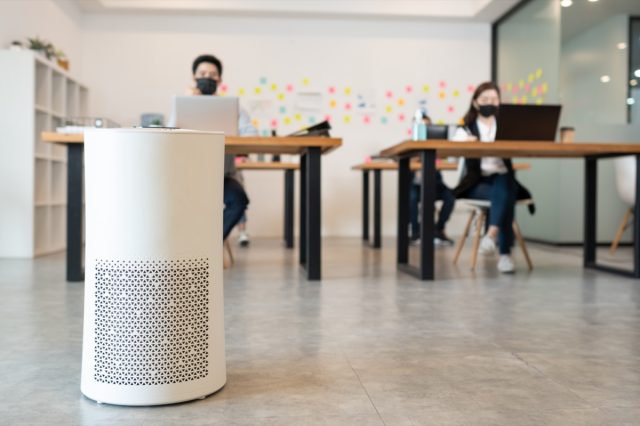 Shutterstock
Shutterstock
“I would say the other thing that’s very good is a mitigation measure which we have not heavily discussed, is indoor air quality. We don’t have an assurance that when we go into a building, the air quality is of a very high standard. And if we are going to really improve for the long term, as Mike points out, the public health around a respiratory viral illness, is upping the air quality indoors to MERV 13 or better, is going to be really important. And in the interim, people can use HEPA filters in school classrooms, in other public places, while we’re in the process of getting these better air filtration handling systems,” said Dr. Emanuel.
RELATED: Virus Expert Just Issued This Worldwide Warning
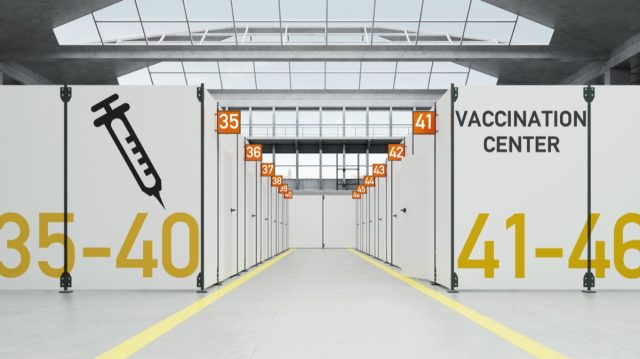 Shutterstock
Shutterstock
“Well, I think the ‘new’ there is supposed to emphasize we’re not going back to 2019, where there was no COVID, we’re going to be in a situation where COVID is going to be around us, it’s going to be one of the multitude of respiratory viral illnesses that we face and it’s going to wax and wane just like flu does, just like RSV does, just like rhinovirus,” said Dr. Emanuel. “And so we need to take that into account. Getting there, we’re in far from that situation at the moment with about 1,600 deaths a day, but getting there is going to require reducing transmission. And that’s mainly going to be done through things like air quality improvements indoors, wearing masks, and some vaccination to get the incidents level low. Then making sure people have fewer complications. That’s partially the vaccines, which really are very, very good at reducing hospitalization and death, as well as the new therapeutics we have.”
RELATED: 8 Ways to Live a Longer Life
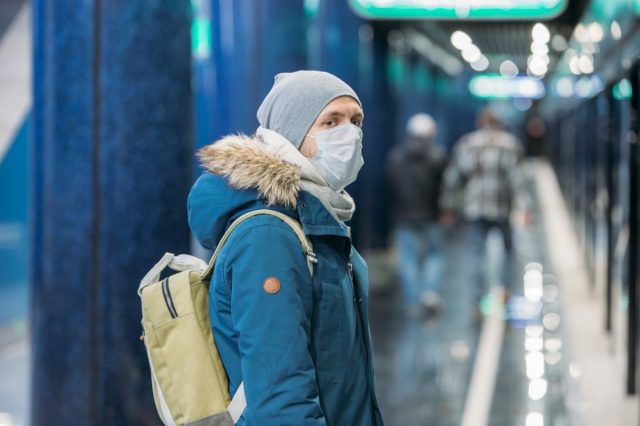 Shutterstock
Shutterstock
If we do what Dr. Emanuel recommended—as well as get booster shots and do proper surveillance and testing—”COVID should begin looking like a flu, you get it, you stay home so you don’t infect other people and your family. When you’re feeling better, you can go into work, probably wearing a mask for a few days to again reduce the chance of infection. And that is going to be more common. We’re simply going to get back to the life that we’ve known largely with some modifications.”
RELATED: Signs You Must Lose Your Abdominal Fat Now
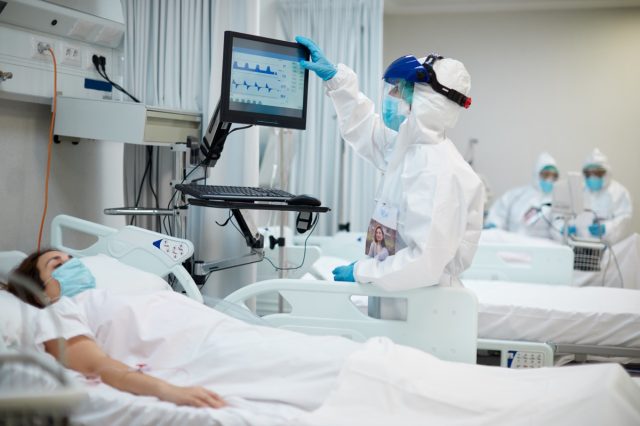 iStock
iStock
“I think what really is the challenge here is we’ve lacked creative imagination to understand what a pandemic could do,” said Dr. Michael Osterholm, who’s the Director for the Center of Infectious Disease Research and Policy at the University of Minnesota. “A year ago…most people thought that we were out of the woods. Some of us said, ‘Well, with the variants, maybe we’re not, maybe the variants are going to give us some new challenges we hadn’t anticipated.’ I’m not so sure that’s not the case in the future. I hope it’s not, but hope’s not a strategy.”
He continued: “And so I think that we still have to remind the medical care system there is that you’d provide on a day-to-day basis and there’s that you provide on a day-to-day basis during the crisis. And that includes public health. And so I think if nothing else, the silver lining, if there is one to this pandemic, is it gives us every reason to go back and reevaluate what are we doing with healthcare or disease care? What are we paying for? What are we not paying for that could make a difference from a public health standpoint?”
RELATED: I’m an ER Doctor and Wish Everyone Knew This One Thing
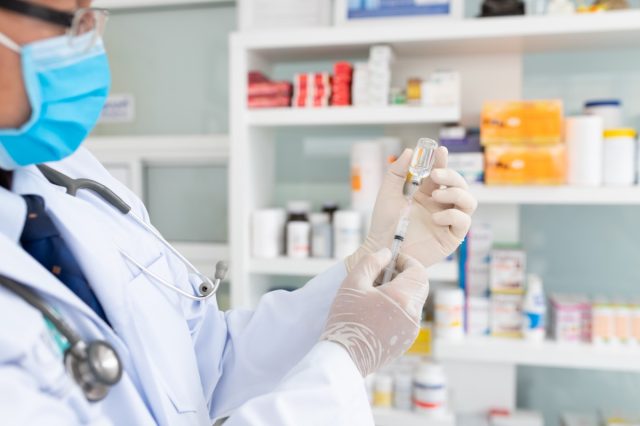 Shutterstock
Shutterstock
Follow the public health fundamentals and help end this pandemic, no matter where you live—get vaccinated or boosted ASAP; if you live in an area with low vaccination rates, wear an N95 face mask, don’t travel, social distance, avoid large crowds, don’t go indoors with people you’re not sheltering with (especially in bars), practice good hand hygiene, and to protect your life and the lives of others, don’t visit any of these 35 Places You’re Most Likely to Catch COVID.
[ad_2]
Originally Appeared Here